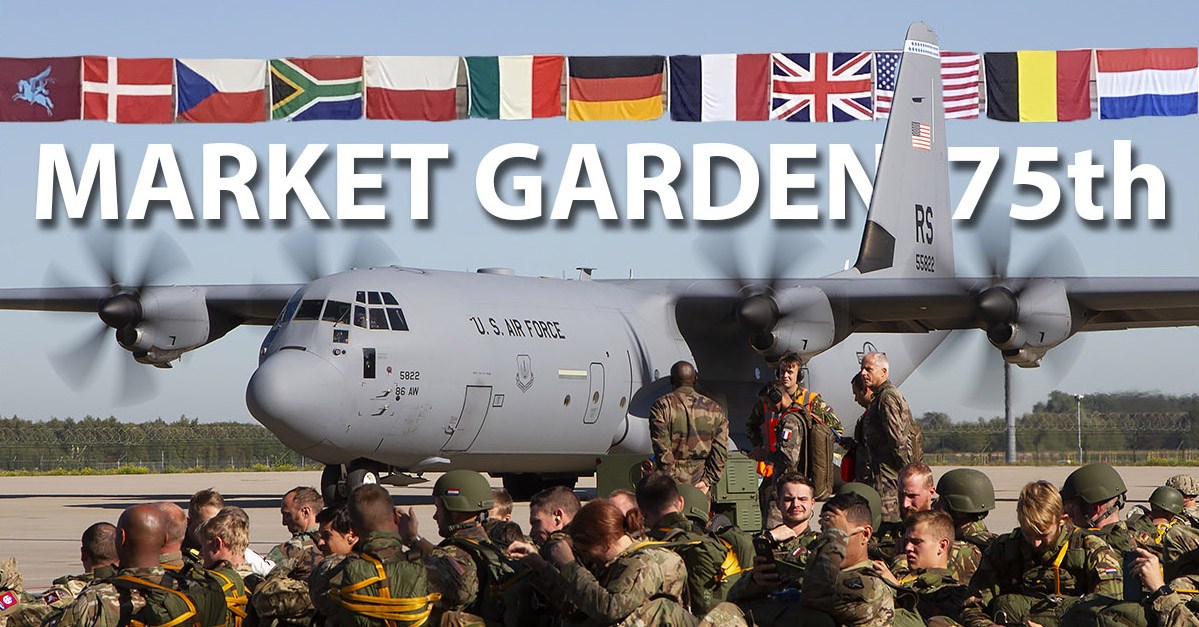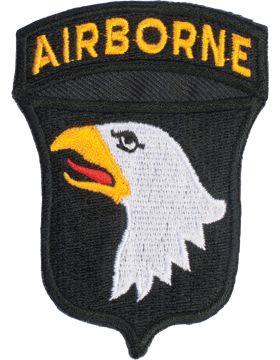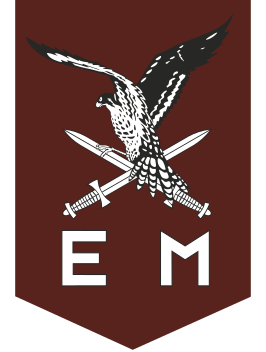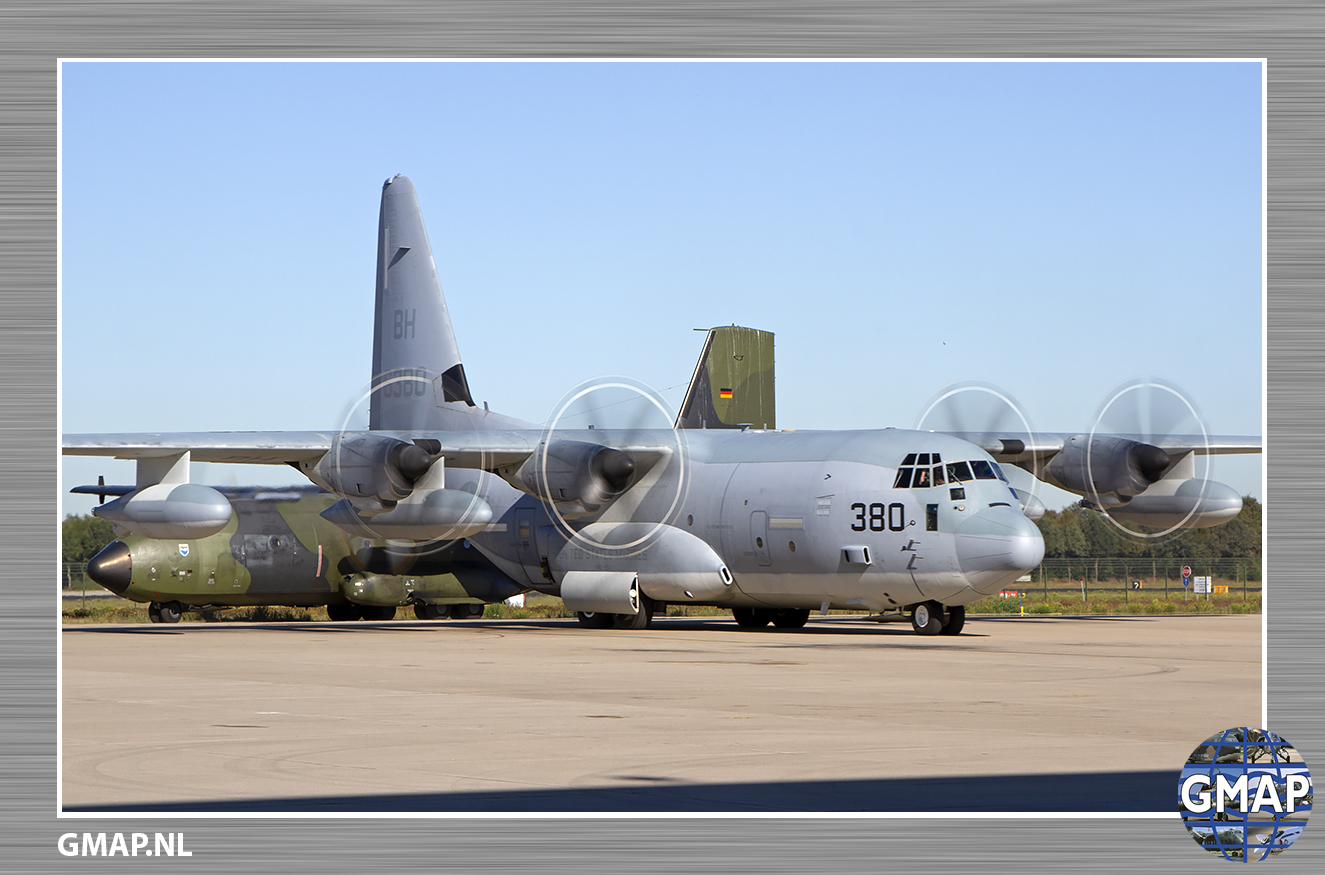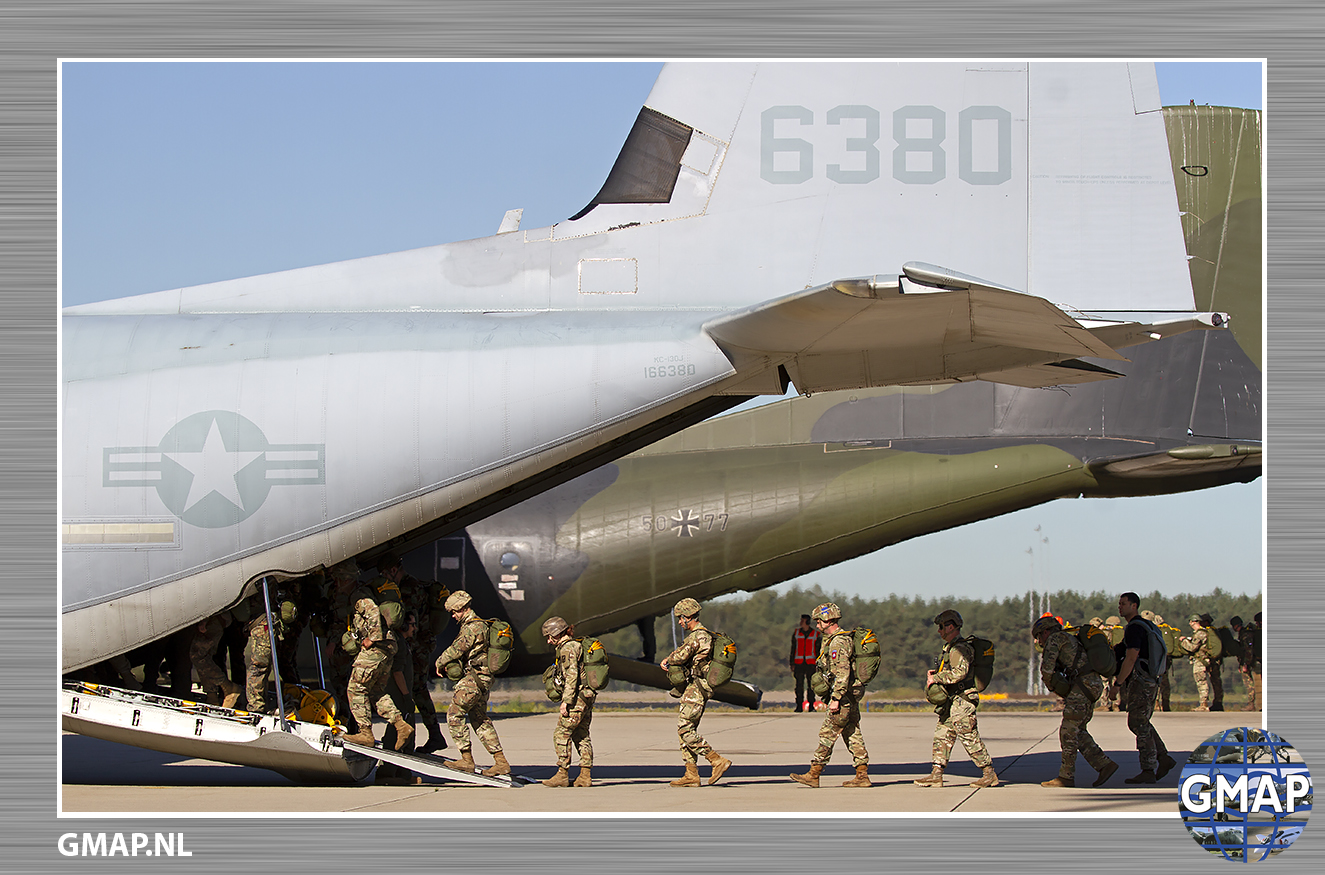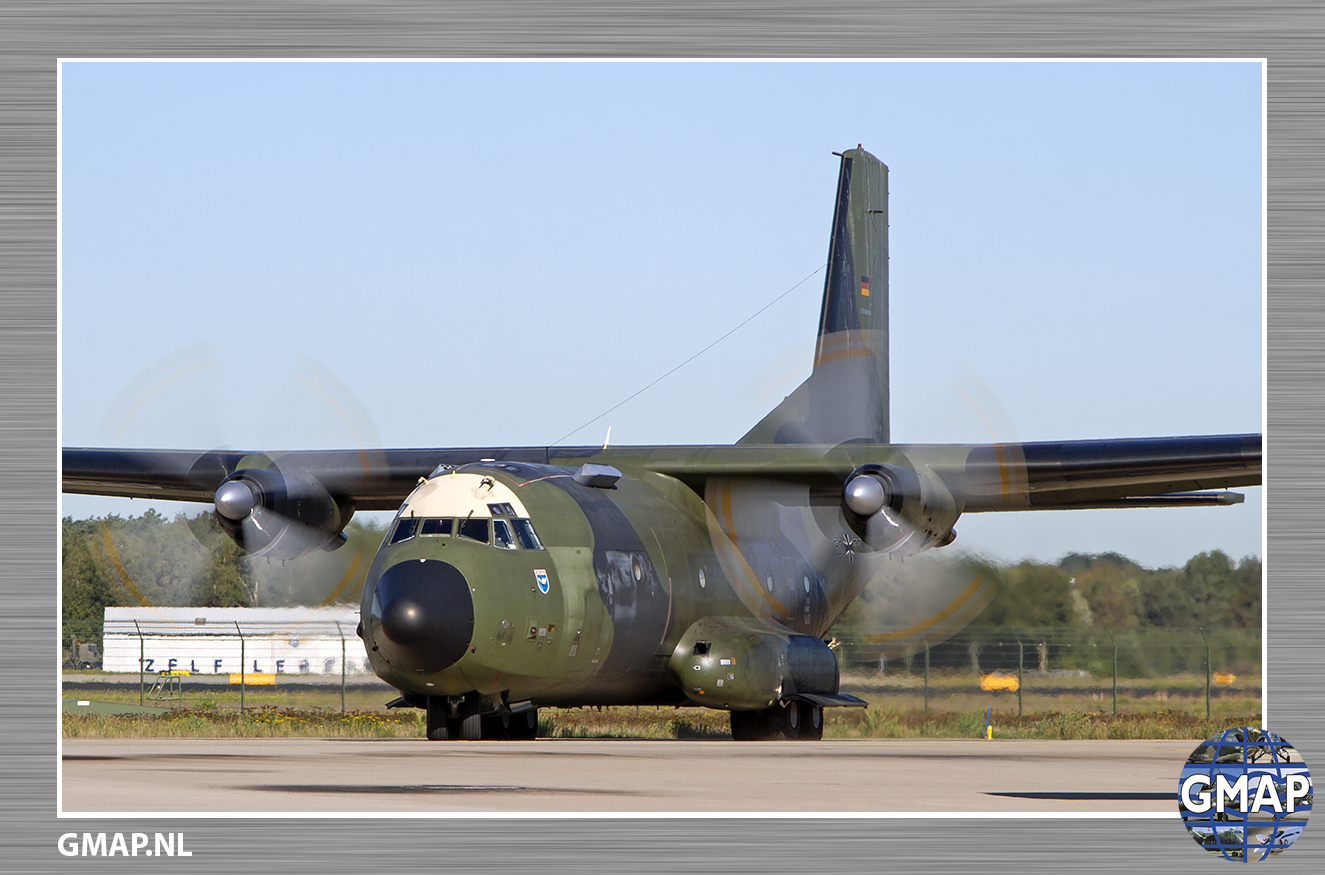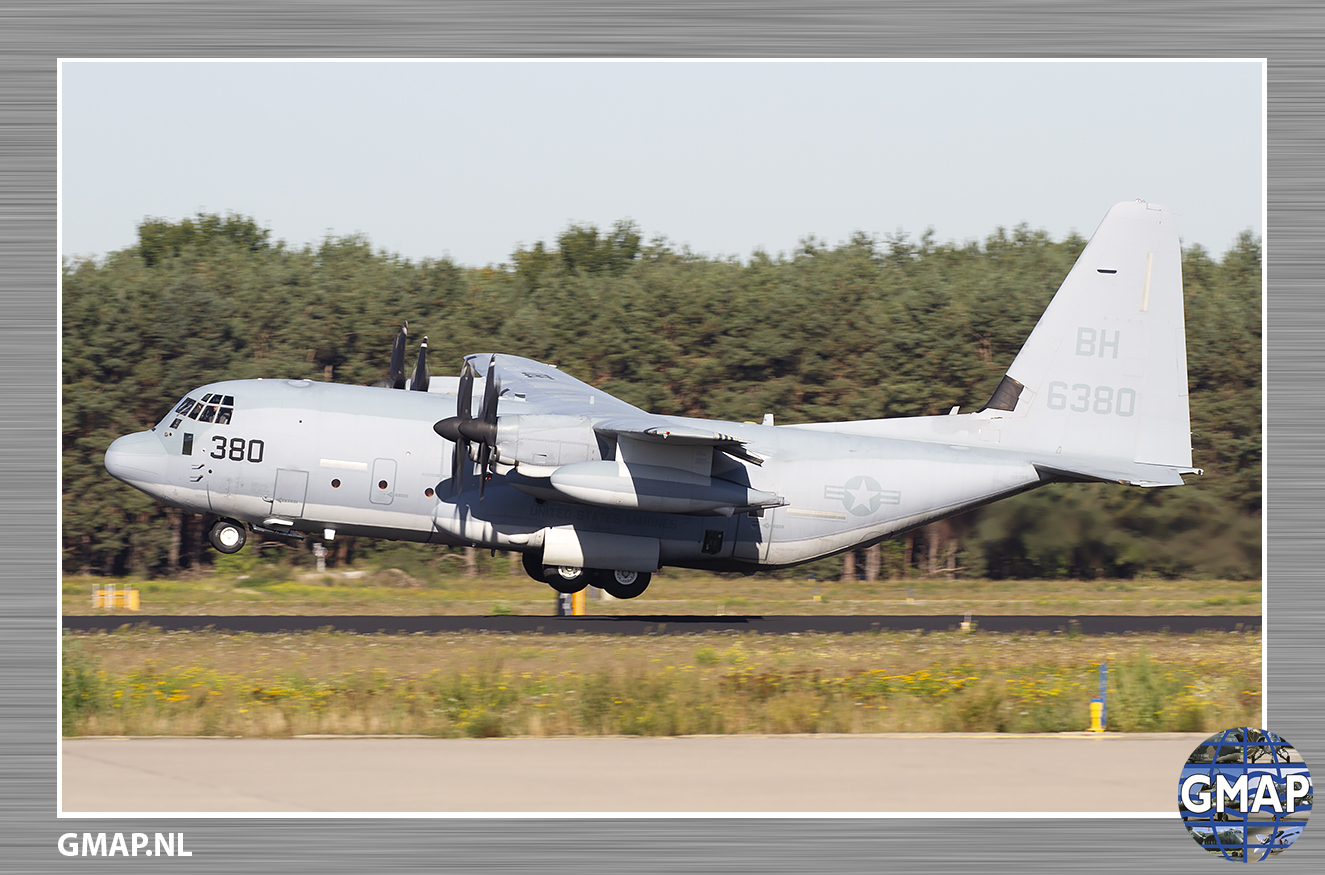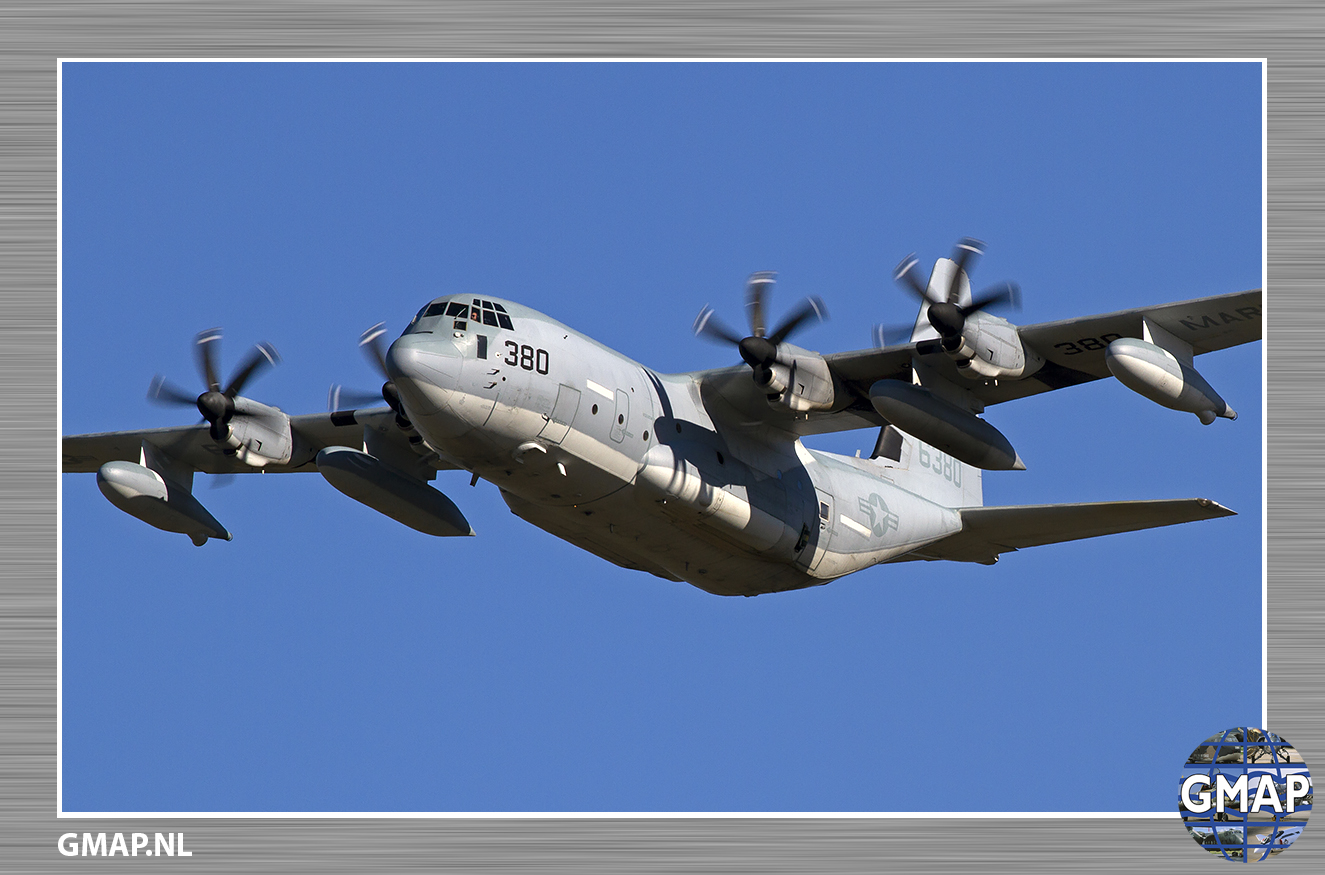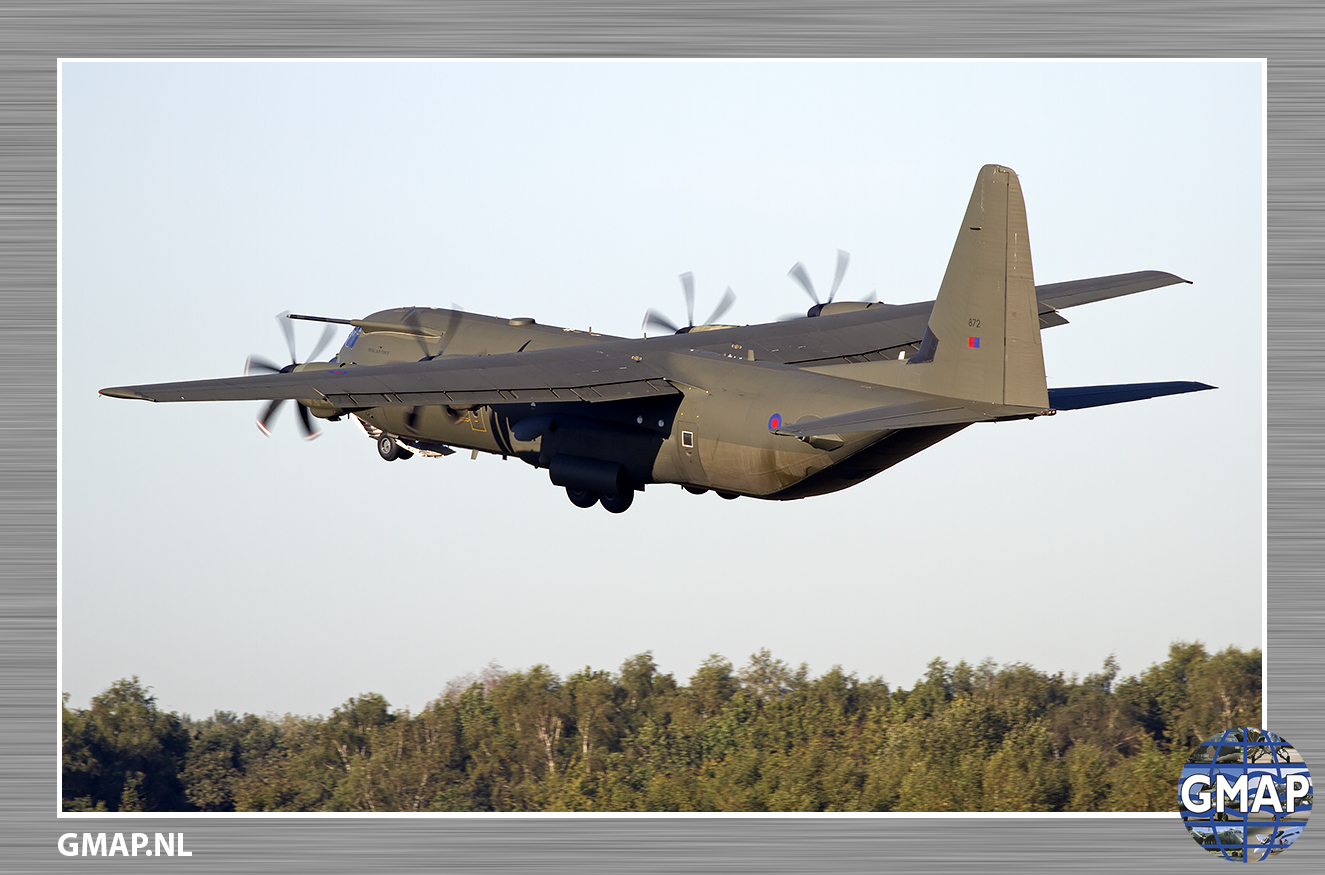(Text from Airborne website)
History
September is a special month. It is the month in which we remember those who fought for our freedom back in 1944. Many special activities take place in September. We commemorate the past, celebrate our freedom and reflect on the value of our peace and safety.
Parkweg Commemoration
On 17 September 1944 the south of Ede was bombed. Sixty-nine citizens lost their lives. This was the start of Operation Market Garden. Every Friday before the Airborne Landings, a short commemoration is held at the monument on Parkweg. At 11:25, the time at which the first bombs fell, pupils from schools in Ede lay flowers.
Operation Market Garden
The Airborne commemoration revolves around the events that took place in 1944 during the Second World War and in which Ede was involved: Operation Market Garden.
Operation Market Garden was an allied offensive in September 1944. For the Netherlands, it was the most important operation of the Second World War. For the allies and for a large part of the Netherlands it was a failure. The last bridge at Arnhem proved to be a bridge too far. The west of the Netherlands had to wait another long, harsh winter before the liberation in May 1945.
Market Garden consisted of a large-scale airborne parachute landing (Market) and a land offensive from Belgium (Garden). The plan involved the taking of key bridges over Dutch rivers by British, Polish and American landing troops, to allow ground forces to quickly advance across these bridges to the IJsselmeer. The German troops in the west of the Netherlands would then be trapped, and there was also the possibility of advancing towards the east to the Ruhr: Germany’s industrial heart. The allies hoped this would enable them to end the war before the winter.
Airborne parachute landings on Sunday 17 September 1944
On the airfields in the United Kingdom the troops stood at their aircraft ready for the start of Operation Market Garden. The first aircraft took off at 09:45 hours. They headed for two assembly points. The total air fleet consisted of 1073 troop transport aircraft and 500 gliders, accompanied by more than 1500 fighter jets. This was necessary given the low speed (200 km/h) and low flight altitude (500m). After two hours the entire army of 20,000 men, 511 vehicles and 330 guns were airborne.
The first British troops landed in the vicinity of Heelsum and Wolfheze in the afternoon. The landings were executed perfectly and there was no resistance. General Urquhart set up base at the edge of the forest. Although there was no trace of any Germans, the British immediately encountered difficulties. The radio equipment was not working properly and the radio operators found it extremely difficult to establish contact with other battalions, let alone the supreme command. On top of this, Urquhart learned that a large part of a reconnaissance unit had not arrived. Due to a cable breakage, twenty-three gliders from the division had not reached their destination. This meant that the majority of the reconnaissance unit had already been eliminated. The surprise attack therefore had to be abandoned.
The British had the task of advancing as quickly as possible to the road bridge in Arnhem; a distance of 13 kilometres. They also needed to hold the landing area, as a second wave of landings was due to take place on 18 September. Half were sent to Arnhem, while the other half set up a defensive perimeter around the landing area. Due to the loss of the reconnaissance unit and because there was no connection between the units, Urquhart decided to set out himself. In retrospect, this turned out to be one of the worst decisions.
Airborne parachute landings on Monday 18 September 1944
On Ginkel Health in Ede, the 4th Parachute Brigade under Brigadier General John Hackett landed in the middle of a battle. The rest of the division attempted to reach the men at the bridge, but were unable to break through the now very strong German resistance.
The entire operation lasted ten days. General Urquhart and his men were pushed back to Oosterbeek. They set up camp in Hartenstein (now the Airborne Museum) and were completely surrounded by German troops. In the night of 25 September a major rescue mission took place in which the Polish troops in Driel played a key role. Around 2200 men eventually managed to reach the other side of the Rhine.
On Tuesday 26 September it was all over. The Battle of Arnhem had ended in failure, it was a bridge too far.



